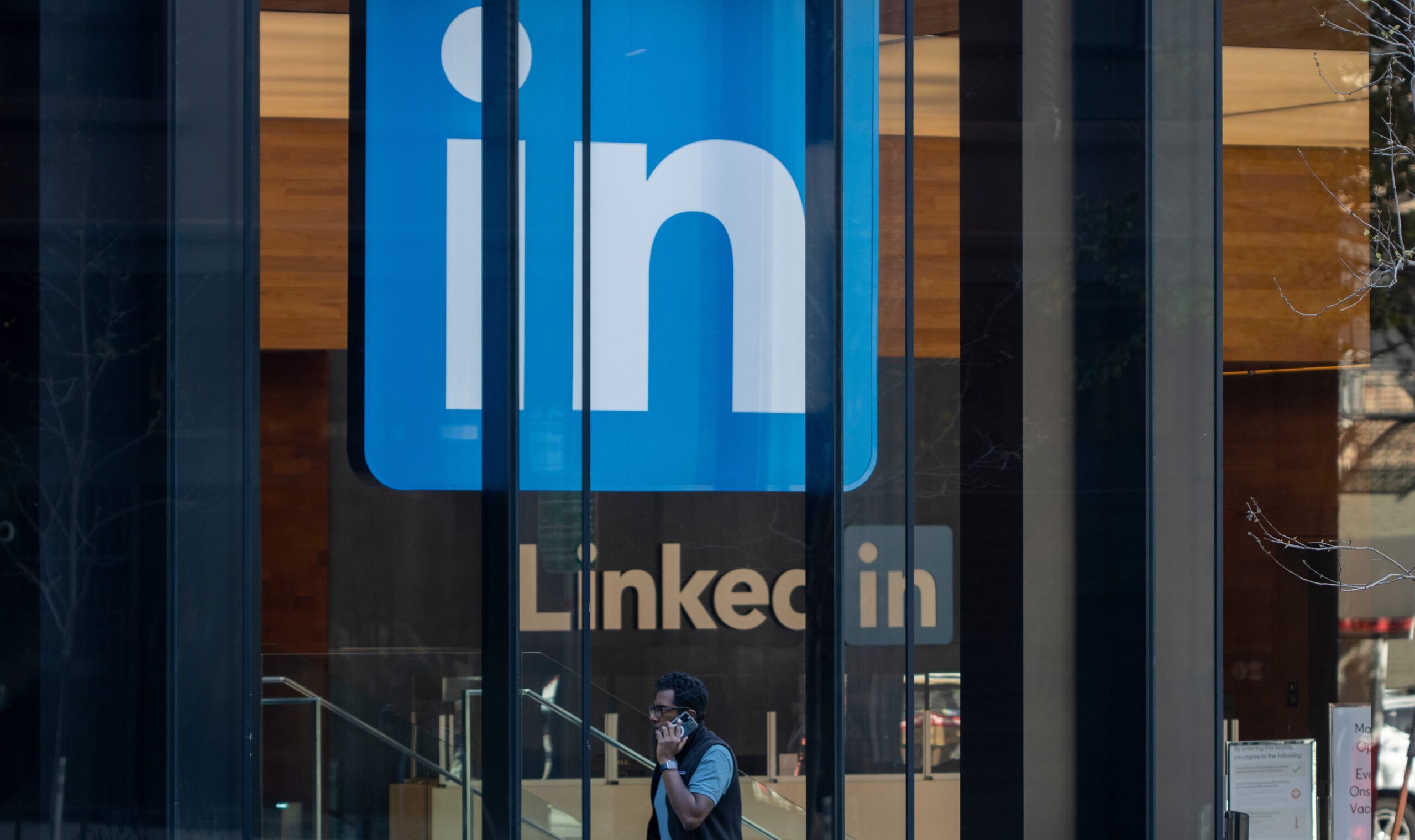Dilemmas of Meritocracy
Last month, I reviewed Chris Hayes’s Twilight of the Elites for the print magazine. One of the centerpieces of the argument was Hayes’s alma mater, Hunter College High School, a selective public school that admits students on the basis of a single test. In the 1970s, its student body was fairly reflective of New York City’s demographic makeup. Now, it’s disproportionately white and upper-middle class, which Hayes sees as evidence of unfairness.
Hunter isn’t the only selective high school in the city with a student body that doesn’t look like New York. Its counterparts include Stuyvesant and Bronx Science, which use a different exam: the Specialized High School Admissions Test. That test was the subject of a complaint alleging that the SHSAT is racially discriminatory filed with the federal Department of Education on Thursday.
The complaint doesn’t charge intentional bias. Instead, it’s a matter of “disparate impact”: black and Hispanic students don’t do very well compared to whites and Asians. And the disparity really is striking. As the New York Times reports:
Although 70 percent of the city’s public school students are black and Hispanic, a far smaller percentage have scored high enough to receive offers from one of the schools. According to the complaint, 733 of the 12,525 black and Hispanic students who took the exam were offered seats this year. For whites, 1,253 of the 4,101 test takers were offered seats. Of 7,119 Asian students who took the test, 2,490 were offered seats. At Stuyvesant High School, the most sought-after school, 19 blacks were offered seats in a freshman class of 967.
What should be done? One answer is: nothing. Everyone takes the same test. Those with the highest scores get in, whoever they happen to be. That’s Mayor Bloomberg’s view. He’s quoted as saying that admission to the eight schools that use the test is “done strictly on merit.”
Bloomberg’s remark seems to be directed against proposals that city should engage in direct racial balancing. As far as I know, no such proposals have been advanced, and they wouldn’t get far if they had. Actually, critics of the SHSAT have raised a fair question. Is a multiple-choice test the best measure of merit?
In the abstract, the answer is “no”. There are a lot dimensions of academic ability that might not show up on a single test, especially one that’s multiple-choice. But the question has to be considered in the context of the existing public school system. And the critics haven’t identified a plausible alternative.
Consider this remark from lawyer for one of the organizations that filed the complaint: “A student can be an ‘A’ student, spelling bee scholar, have a myriad of community activities and if they do not perform well on this one test, they are denied admission to these elite high schools…”
Such a student might be a good candidate for a selective school. But this hypothetical description doesn’t necessarily support that. In the first place, grades from lousy schools are notoriously misleading. An “A”, or even a series of “A”s, may reflect little more than regular attendance. Success on a spelling bee is an impressive accomplishment. But it’s unlikely that a champion speller would score poorly on the verbal portion of the SHSAT. If she did, the competition probably wasn’t very stiff. And community activities, while perhaps admirable in themselves, tell us nothing about a student’s academic ability.
The SHSAT is by no means perfect. It would benefit, for example, from the inclusion of a writing component, which would be difficult to “game”. Nevertheless, the test provides a measure of ability that can’t be manipulated to suit politicians’ agendas or gatekeepers’ whims. Rather than seeking legal remedies for disparate impacts, advocates for poor and minority children should concentrate on helping them develop the skills they need to succeed.
